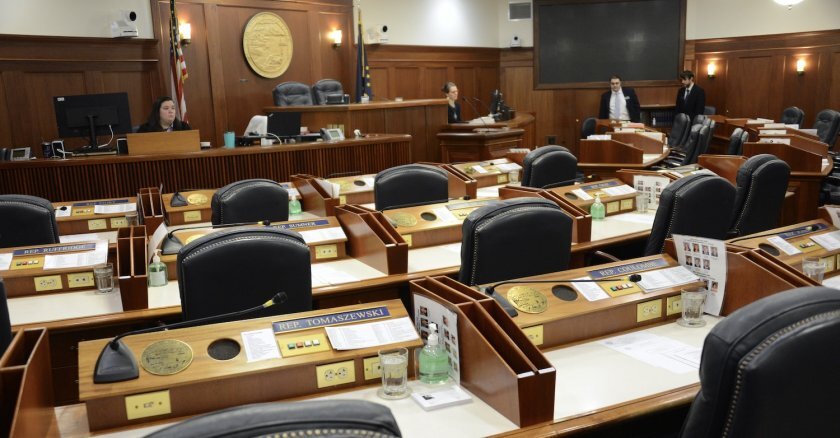The trend in recent decades has been to open up primary voting to greater political participation, as New Mexico lawmakers did this year. Nationwide, the percentage of primaries that were closed to independent voters fell from 36 percent in 2000 to 31 percent in 2024 in elections for federal and state office. Now, however, a troubling countertrend may be developing: Wyoming most recently adopted a closed-primary system, and Republicans in Texas and Ohio are actively pursuing similar changes. But while closed primaries may be appealing to entrenched political parties, they are incompatible with the modern American electorate, whose view of both major parties is near record lows.
In Wyoming, the open system did allow for a certain amount of “crossover voting,” typically Democrats voting in the Republican primary in an attempt to have more influence in the GOP stronghold. Concern over this practice in recent congressional and gubernatorial elections was one of the main factors that led lawmakers to approve the shift to a closed primary in 2023.
Closing the primary certainly stymies crossover voting, but it also shuts independent voters out of the process entirely. In a state where independents account for approximately 10 percent of the electorate, this outcome was ultimately acceptable to a majority of Wyoming lawmakers. However, in states with a larger population of independent voters, mirroring the national level of 43 percent, or where voters are not currently required to affiliate with a party when registering to vote, such as in Texas and Ohio, excluding such a large segment of the voting population may be untenable.
The immediate effect of closing the primary in Wyoming was the creation of an inequity in the use of public funds. Elections in Wyoming are administered at the county level and publicly funded through a combination of state and local tax dollars, which is a rational system when all voters can participate. However, in Wyoming and the eight other states with closed primaries, independent voters are forced to pay for a private election in which they cannot cast a ballot. This raises important questions about whether political parties should shoulder the financial burden for elections that are not open to all registered voters.
Beyond the funding issue, closed primaries stand to further accelerate political polarization. In Wyoming, Republicans account for 77 percent of the state’s registered voters and control 84 of the 93 seats in the Legislature. Accordingly, there was already a strong incentive for primary candidates to appeal just to the party base. The open-primary model provided a modest opportunity for candidates to seek support from a broader segment of the electorate, but that option was taken off the table under the new closed system.
The incentive to prioritize support from the party base in the primary is especially concerning because most general elections in Wyoming are uncompetitive in the most literal sense. Of the 77 Senate and House legislative seats that were up for election in 2024, only 18 featured two candidates in the general election; the remaining candidates ran unopposed. With closed primaries, the overwhelming majority of voting-age Wyomingites did not vote in the election that ultimately determined the outcome of the general election. Uncompetitive districts are not unique to Wyoming, so shifting to closed primaries in other states would similarly accelerate their harmful effects on polarization in those jurisdictions.
Ultimately, closed primaries stand at odds with the current state of American politics. Rather than forcing Americans to register with the very same political parties that are falling out of favor with the public as a condition of voting in primary elections, states should embrace models that expand access to the ballot for all voters.
Chris McIsaac is a fellow with the R Street Institute’s governance program.
Governing’s opinion columns reflect the views of their authors and not necessarily those of Governing’s editors or management.
Related Articles













